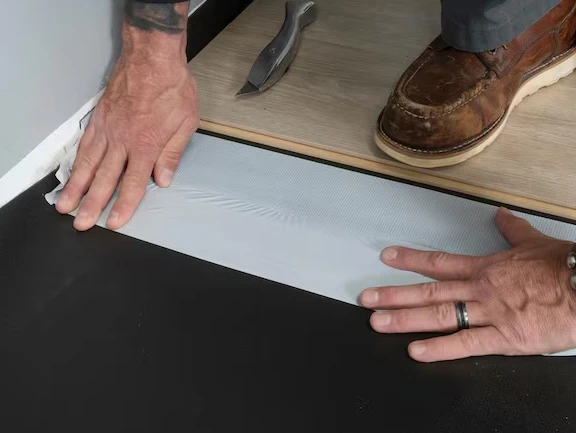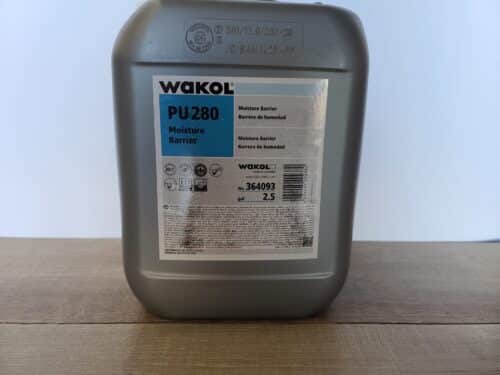Moisture Barrier for Wood Floors Boise
Moisture is one of the top reasons for floor damage. It weakens adhesives, and buckles boards, and leads to mold if left unchecked. Boise homes and buildings see plenty of seasonal shifts, and that’s why having a solid barrier underfoot matters.
Our products are made to protect floors from the ground up. Whether you’re working with slab, plywood, or other subfloor types, we help you match the right barrier for a tight seal and solid results.
Reliable options include:
- Loba
- Pallmann
- Fortifiber


Sheet Barriers in Boise
When speed and coverage matter, overlay moisture barriers are the go-to. These sheet-style products roll out quickly and provide a tough layer between your subfloor and the finish layer. Ideal for plywood, crawl spaces, and basements in Boise, where damp air can lead to real damage.
Top pick:
- Aquabar
Liquid Vapor Barrier
for Wood and Concrete floors Boise
Boise wood flooring and concrete subfloors need more than just hope. Our roll-on moisture barriers form a tight, even seal across the entire surface. These liquid coatings sink into cracks, pinholes, and uneven areas, protecting the floor above from moisture intrusion.
Perfect for:
- Gyms
- Basements
- Commercial spaces with concrete foundations
Top performer:
- Wakol PU 280
Hardwood Floor Moisture Barrier Boise
Boise’s dry air can quickly turn to damp conditions, especially in transitional seasons. Our moisture barriers are built to keep your flooring stable through every shift.
TESTIMONIAL
Moisture Protection Starts with the Trusted Name
Moisture is a silent threat until the damage shows. Rustic Wood Floor Supply help you pick the right protection from day one. From overlay sheets to liquid applications, we guide you based on your floor type, subfloor material, and installation timeline. Our Boise team knows the products and the local conditions. We help you make the right call so you can install with confidence and avoid costly surprises.
Find moisture barriers built for Boise’s climate and your job site needs.






